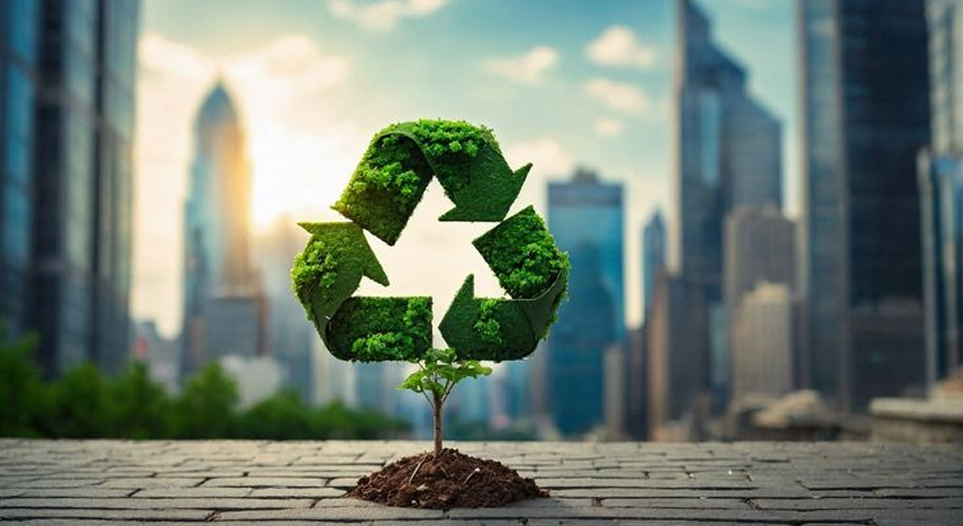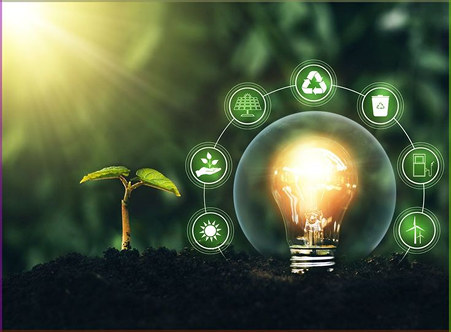
PT Nikel Energi Hijau's Sustainable Building Solutions encompass various key aspects. From an energy perspective, the company integrates renewable energy sources such as solar panels and geothermal systems into building designs, while encouraging the use of energy-efficient appliances. From a water perspective, rainwater harvesting technology, wastewater recycling systems, and water-saving appliances are crucial to curbing excessive consumption. For materials, the company selects low-emission, recyclable, and locally sourced building materials to ensure a sustainable supply chain.
Furthermore, PT Nikel Energi Hijau emphasizes the importance of occupant comfort and health. Indoor air quality is improved through a proper ventilation system and the use of materials free of hazardous substances. Natural lighting is maximized, and acoustic design is designed to enhance space comfort. Smart technology based on the Internet of Things (IoT) is also integrated, enabling the building to automatically monitor and regulate energy and water consumption, achieving efficiency without compromising comfort.
KEY COMPONENTS OF SUSTAINABLE BUILDING

MAIN BENEFITS
Sustainable Building Solutions offer significant environmental, economic, and social benefits. Environmentally, buildings designed with a sustainable concept can reduce their carbon footprint by efficiently utilizing energy and reducing reliance on fossil fuels. The use of renewable energy sources, such as solar panels or geothermal systems, ensures that a building's electricity and heating needs are met from clean sources, while water management through recycling and rainwater harvesting reduces the exploitation of natural resources. All of this contributes directly to efforts to reduce greenhouse gas emissions and maintain ecosystem balance.

Frequently Asked Questions
Sustainable Building Solutions are design, construction, and operation practices that minimize environmental impact while maximizing energy efficiency, resource conservation, and occupant well-being. They often include the use of eco-friendly materials, renewable energy, and smart technologies.
The main benefits include lower energy and water consumption, reduced operating costs, healthier indoor environments, and a smaller carbon footprint. They also enhance building value and support global sustainability goals.
They can be applied by integrating solar panels, energy-efficient lighting and HVAC systems, water recycling, green roofs, natural ventilation, and advanced energy management systems. Both new construction and renovation projects can adopt these solutions.